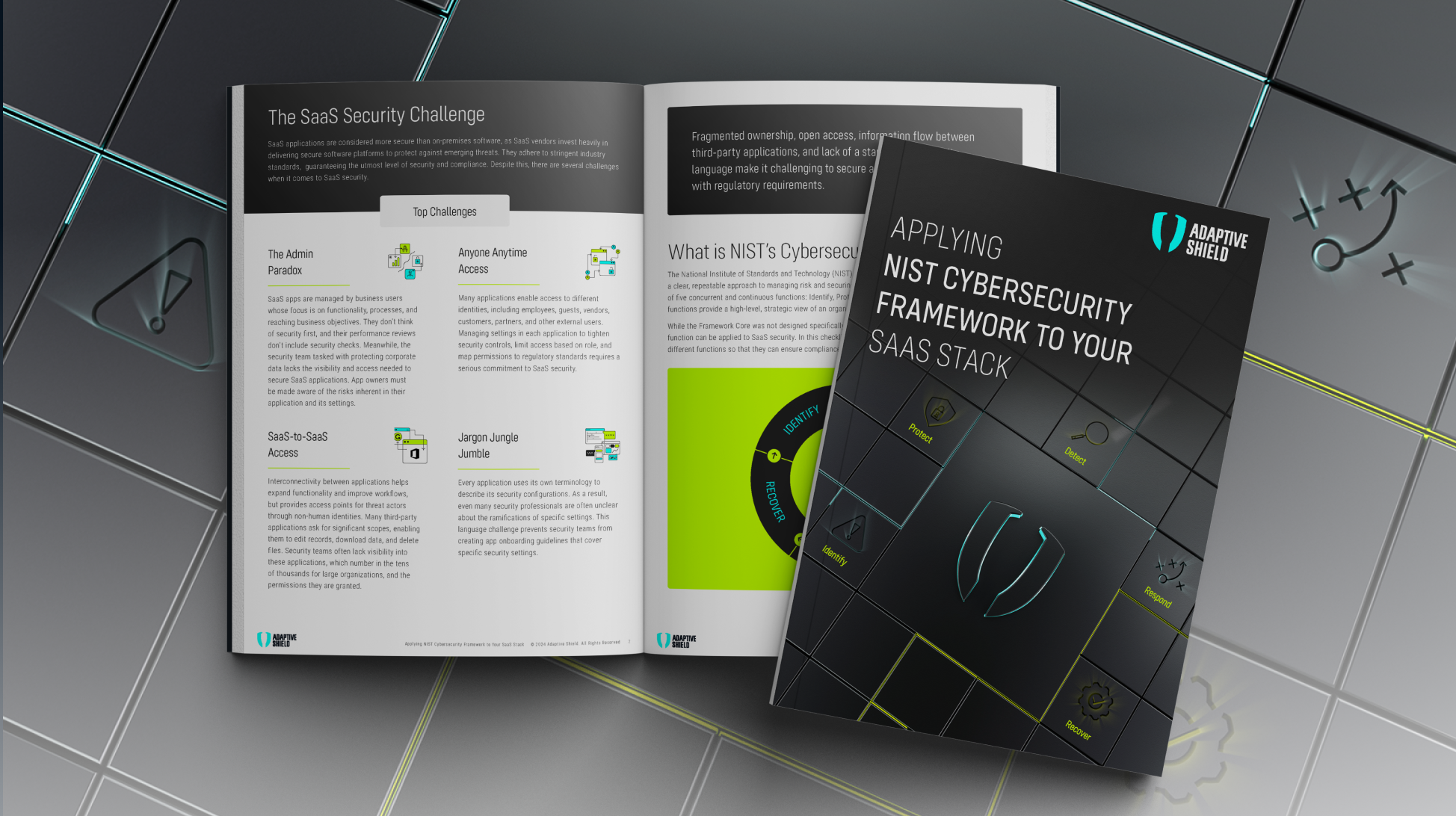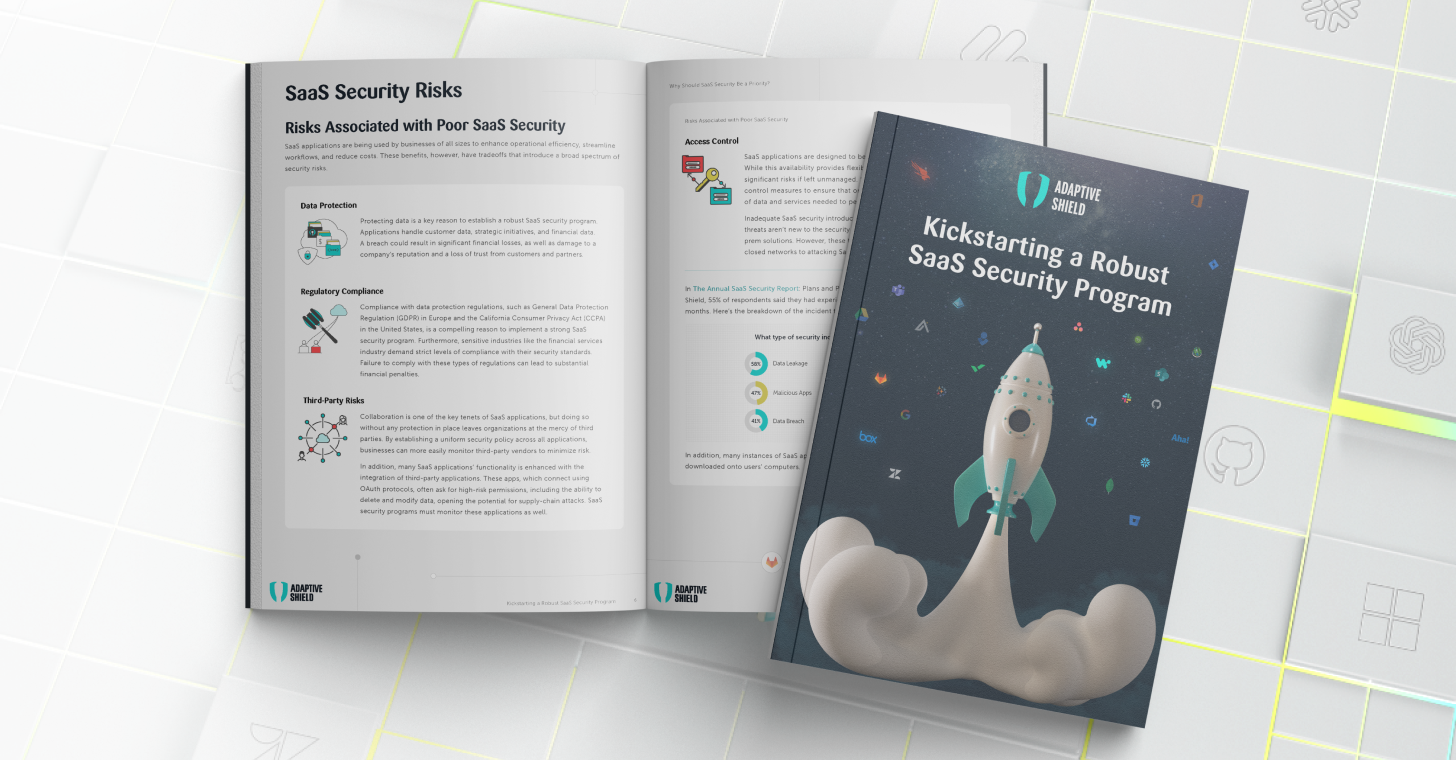ISO compliance in SaaS security refers to adherence to the standards and requirements set forth by the International Organization for Standardization (ISO) for information security management systems. ISO has developed various standards, but the most relevant one for SaaS security is ISO 27001.
ISO 27001 is a widely recognized international standard that provides a framework for establishing, implementing, maintaining, and continually improving an information security management system (ISMS). It sets out a systematic approach to managing sensitive information and ensuring the confidentiality, integrity, and availability of that information. It covers areas such as:
Risk assessment and management
Security policies and procedures
Physical and environmental security
Access control
Incident management
Compliance with legal and regulatory requirements
By obtaining ISO 27001 certification, organizations demonstrate their commitment to information security and provide assurance to customers that their data is being handled in a secure and compliant manner. It helps build trust and confidence in their security practices, making ISO compliance an important consideration for all organizations.
Where does SaaS Security Fit into ISO Compliance?
SaaS security plays a crucial role in achieving ISO 27001 compliance. Here’s how SaaS security fits into ISO compliance:
Risk assessment and management
Security teams need to conduct comprehensive risk assessments to identify potential security risks and vulnerabilities within their SaaS environment. This includes assessing risks related to data storage, access controls, network security, and other areas. By identifying and assessing these risks, security teams can implement appropriate security controls and measures to mitigate them effectively, which is a key requirement of ISO 27001.
Security policies and procedures
ISO 27001 emphasizes the development and implementation of robust security policies and procedures. Security teams must establish and enforce security policies that cover all domains. These policies and procedures should align with the ISO 27001 standard and ensure that the SaaS environment is secure and compliant. Achieving this task, however, can present challenges within cloud environments, often due to limited visibility.
Meeting SaaS security requirements under these circumstances presents challenges, in adhering to sub-requirements such as documented operating procedures accessible to relevant users, meticulous change control management, effective capacity management, robust controls against malware, comprehensive event logging, vigilant management of technical vulnerabilities, and strategic planning of information systems audit controls to minimize business disruption. Navigating these complexities is essential for upholding SaaS security in a cloud-driven landscape where maintaining operational integrity is pivotal.
Access control
ISO 27001 places significant importance on access controls to protect sensitive information. Security teams need to implement strong authentication mechanisms, and enforce proper access rights management to ensure that only authorized individuals can access customer data. In the whole of SaaS security, this means implementing robust access control mechanisms that restrict data access based on user roles and responsibilities. Access controls should be designed based on the principle of least privilege, granting users the minimum access necessary to perform their duties.
Multi-factor authentication (MFA) is a key component of SaaS security that aligns with ISO compliance. MFA requires users to provide multiple forms of verification before gaining access to sensitive data, adding an extra layer of protection against unauthorized access. Role-based access controls (RBAC) further ensure that employees can only access the data and features necessary for their job roles, reducing the risk of insider threats and unauthorized data exposure.
Compliance with legal and regulatory requirements
ISO 27001 expects organizations to comply with relevant legal and regulatory requirements related to information security. Security teams must ensure that their SaaS environment meets these requirements and aligns with industry-specific regulations. This may involve complying with data protection laws, industry standards, or contractual obligations. Security teams should stay informed about evolving regulations and update their security practices accordingly to maintain compliance.
How a SaaS Security Solution Ensures ISO Compliance
A SaaS security solution plays a pivotal role in ensuring ISO compliance by enabling organizations to comprehensively monitor, analyze, and optimize their SaaS security configurations in alignment with ISO standards. By offering contextualized visibility into SaaS applications, these solutions empower businesses to identify and resolve potential security gaps.Security teams can thereby ensure that documented operating procedures are enforced, access control management is meticulous, user activities and events are seamlessly logged, technical vulnerabilities are proactively addressed, and information systems audit controls are strategically executed to minimize business disruption. A comprehensive SaaS security solution not only streamlines the journey towards ISO compliance but also reduces risk and ensures operational excellence in the rapidly evolving digital landscape.



















